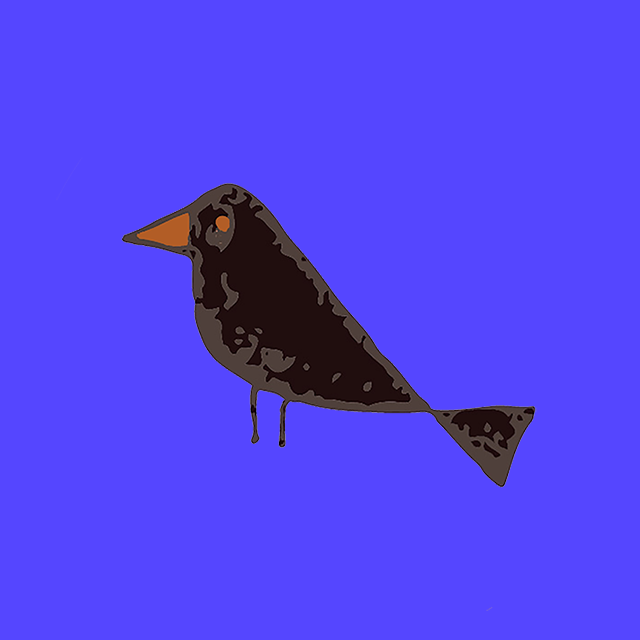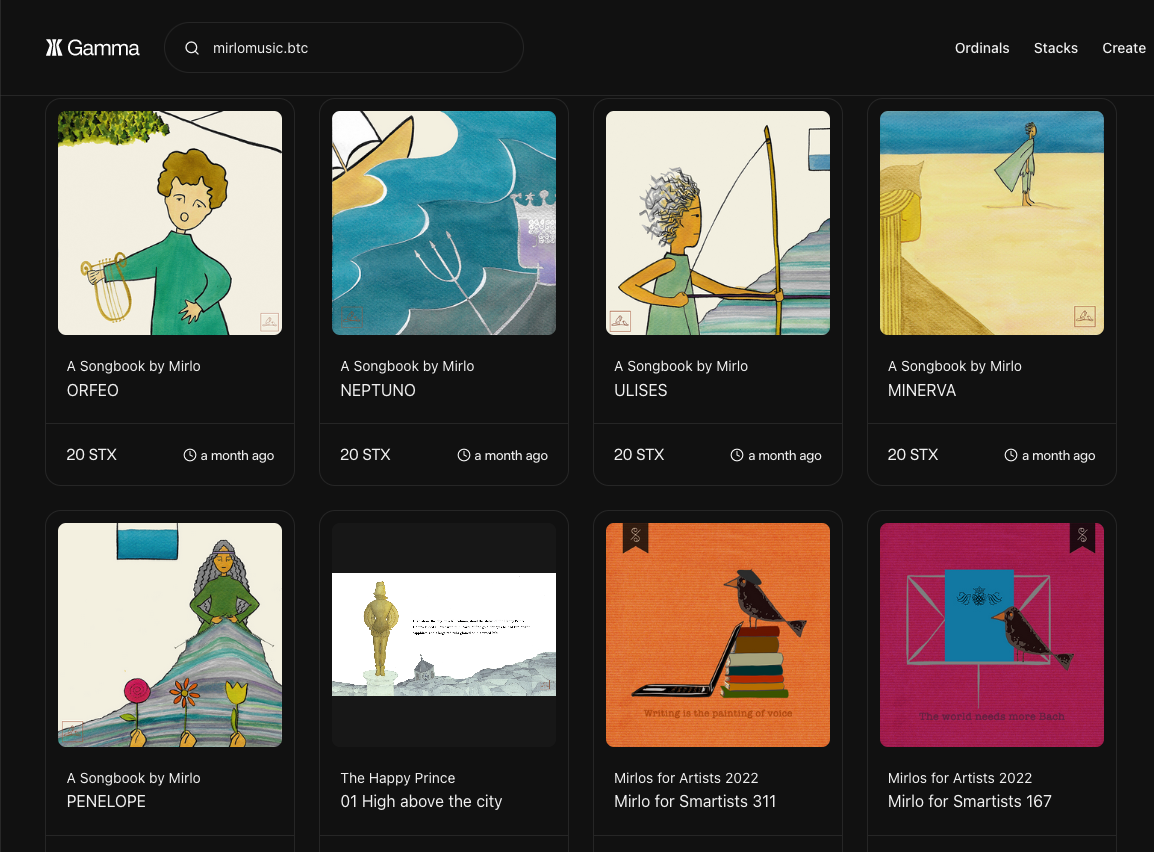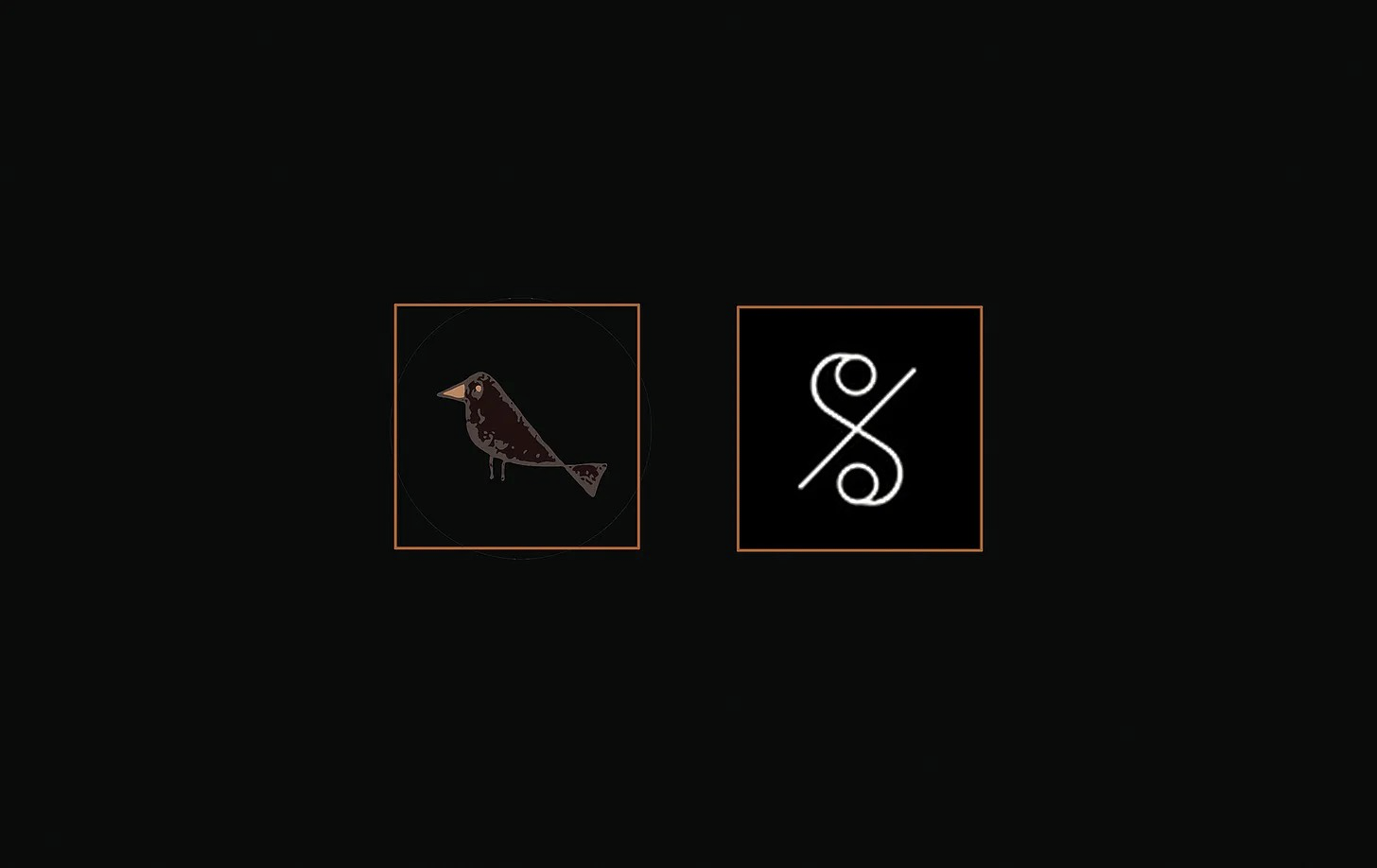
Jun 15•9 min read
NFTs · pros & cons · my use-cases & alternatives

[Post original en español, aquí]
Premise.
I've been wanting to share this reflection for a long time. Anyways, as these are new technologies that we are discovering and using as they develop and mature, I need to warn you that everything that is discussed here is the result of my personal experience, from my own perspective, and at the very present time (June 2023).
Also, to be clear, I'm only interested in NFTs on Bitcoin, as I explained earlier in this space.
Georgina Maurino
NFTs - pros & cons
+ Pros
We are on the web3, where Internet users can identify ourselves and we can also identify what we bring to the network as ours. Thanks to this technology, it is possible to prove that an image, music, video... has a person behind it, who is the one who introduces it to the network for the first time. This is what happens when we mint an NFT, and it's a lot like what happens when you register a work in a traditional IP registry in the physical world.
If you are the author of a work of art and have registered a work in an Intellectual Property Registry, you will know that what any authors are asked to provide an identification, provide a copy of the work, describe it in a paper form, and finally declare that they are the original author. Thus, in a few days and after the pertinent registry checks, we obtain proof to be used in case any doubt arises.
That's why NFTs are a great technology for independent authors. The strength of this technology lies in the identification of the author (even if it is pseudonymous, as can also occur in real records, by the way), the identification of the work (through a copy, as is done in real records), and above all the moment of registration, in which blockchain tech shines for its precision and impossibility of corruption (something in which physical registries cannot be so reliable).
Conclusion:
NFTs bring the possibility of Intellectual Property for authors, and to set a price for them on the web. This is why we can talk today about an Internet of Value.
- Cons
When we mint an NFT in a marketplace, something happens that is rarely discussed, and which I find is essential: to give you this service, the marketplace must save the copy of the work you upload to mint the NFT.
Most marketplaces use a type of storage that they call decentralized (it is maintained with the contribution of all the participants, it is not a private store), and which is open (anyone can access it). IPFS is most commonly used.
What does it mean that your work is in a storage (like a warehouse) like IPFS when you mint and put your NFT up for sale? The NFT points to your copy and anyone who sees your NFT can right click with their mouse to download a copy from the store without any problem. It is not even necessary to have bought the NFT.
For those who give value only to the property title of a work, that copy has no value, only the NFT does. But, for anyone who wants to give some other use to that work, it can be useful. Of course, legally no one has the right to use these copies, but at this point many uncomfortable questions arise if you are the author: who is going to be able to stop someone who wants to take advantage of them in a "discreet" way without your knowledge? Should you care or not? Shouldn't we be able to decide as we are the original authors? What have we gained regarding platforms 2.0?
Conclusion:
NFTs ARE NOT A GOOD SOLUTION per se, when authors want to make real business managing the rights to use their works via copyright licenses.
Use of NFTs without losing control of our work
I have been trying to find the best solutions for independent authors like me since 2019, and that is why I know that other paths are possible. Since the Smartists project, I have been trying to develop a service that avoids the external storage of works when they are minted. Unfortunately, I have not been able to gather the technical team that could make it happen. That is why, today, I am telling you how we are going to manage our works from Mirlo Music on the Internet, where we are exploring new paths on the web3.
At Mirlo Music we consider two essential use-cases (surely more will emerge). These two use-cases are intended to build a presence and promote what we do:
• Digital Collectibles-Trading cards . In line with our physical products (books, eBooks, etc.)
• Tickets or Gated Content . NFTs look like the future of subscriptions.
However, the question remains: how can I prevent my works from remaining in that open storage where they can be subject to indiscriminate usage?
For our part, we only mint NFTs from medium-low quality copies, with which it is not possible to print or use music as a soundtrack. Both the NFTs and the copies that any user can download from the marketplace are of sufficient quality to be enjoyed on the mobile, on the computer... but they are not useful for projecting on a large screen or making a t-shirt, and from now on we will not upload complete musical pieces to any NFT markets.
Here is a link to our digital collectibles for you to see.

Conclusion:
This is about showing what one can do without giving it away, since it is our work that which has true value and for which we deserve a fair compensation.
NFTs as Copyright Licenses
NFTs are "tokens" [representations, pledge...], so they can represent not only an original work but almost anything, and they particularly can also represent licenses.
This was the solution I came up with when not being able to carry out the development of our project in Smartists.
It’s all about offering a use license agreement with all its clauses in the form of an NFT, and I think it can be a simple and a good solution. The buyer of a given NFT obtains permission to use an original work under certain conditions and with some limitations: on the same website they are informed, and they give their consent at the time of buying the NFT. The buyer then submits their contract identifier, and the author can send a high-quality original copy directly to that identified buyer for their rightful use according to the licensing terms.
We tried to implement this idea a few weeks ago, but it turned out to be somewhat complicated, since we depend on the marketplace, which was slow to give its approval, and did not let us put some of the licenses on sale. We still don't know the reasons… On the other hand, we know that the experience we can offer users with our humble means is very limited, although it helps us to show what we need, hoping to find some partner who could help us in our endeavors.
You can see how we have planned the development of the Mirlo Music Smartists Licenses here.

In-Progress Conclusion:
In view of all these difficulties, we wondered if we should continue this path. We got in touch with our generous advisors and fellow travelers at Smartists, and in the end we decided that at Mirlo Music we are going to focus on what works, leaving the door open to resume this development in a few months, if there is still interest from a member of the community with technical skills.
Alternatives to NFTs: Ordinals
Fortunately, new forms of intellectual property have emerged on the web3, most notably Ordinals.
Although some call them “Bitcoin NFTs”, the truth is that the technology is very different. Regarding what was said above about NFTs, Ordinals have the same positive utility: digital files are registered as artifacts in the blockchain and are registered with identifiers at a precise moment. However, the Ordinals are registered directly in the Bitcoin blockchain and therefore the works are not stored within the reach of anyone.
Being able to be created without external storage (in opposition to NFTs, with which I used to lose control of my files) seems to me an essential contribution. And yet, with these Ordinals, I have two problems:
1. The limitations of what can be registered, which -at the moment- is limited to small files (if done with an intermediary like Gamma).
2. The fact that we are using the Bitcoin blockchain for a purpose that is so different from its original use, and which may end up hindering currency transactions.
As to the first problem, I think that for the moment this challenges us to devise new ways of creating value that do not require large files... We must think about what type of work we can create that is possible to register. In addition, in this matter, technology will surely surprise us as it matures.
Regarding the problem of respectful use of the Bitcoin blockchain, I think that the virtues of this blockchain can be used for many other valuable things and causes beyond the currency itself. In this sense, I think that there is a whole human legacy that can travel the world and to the future, by being forever inscribed on the blockchain.
About this I found a video that is really clarifying. It is the opinion of a professor who is en enthisas of Bitcoin and the technology behind it, and who is critic with Ordinals while understanding their potential as a repository for Freedom of Speech. Watch it here.
Precisely because I believe that it is a very valuable technology to preserve what matters, I have not yet started anything with the Ordinals’ format. In fact, although I understand that there are many who have launched into using Ordinals without much reflection, I am confident that in the future we will end up seeing interesting things, and I am already thinking about what footprint I would like to leave in bitcoin.
This is actually the reason I am here: my job as an author has always been to act as a transmitter of our cultural legacy in a way that is relevant today, useful to human beings in their progress. So, the natural thing for me now is to make a good reflection on how I can better use these Ordinals, and the NFTs... in Mirlo Music or in the other projects I have as an author-illustrator.
My gratitude and best wishes to any reader who made it till here. Have a wonderful day!
Georgina Mauriño
